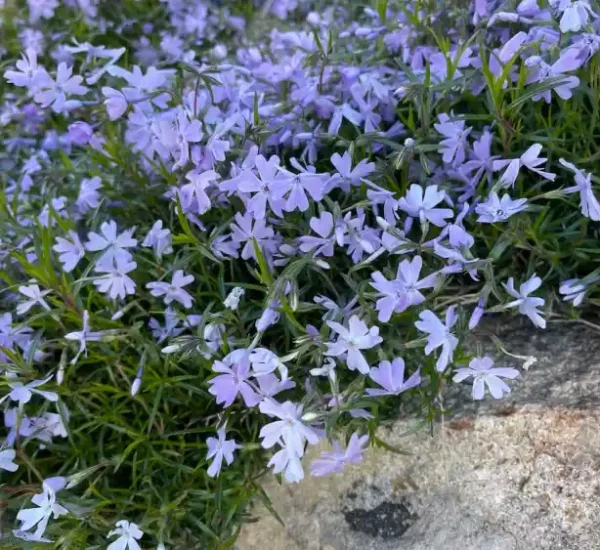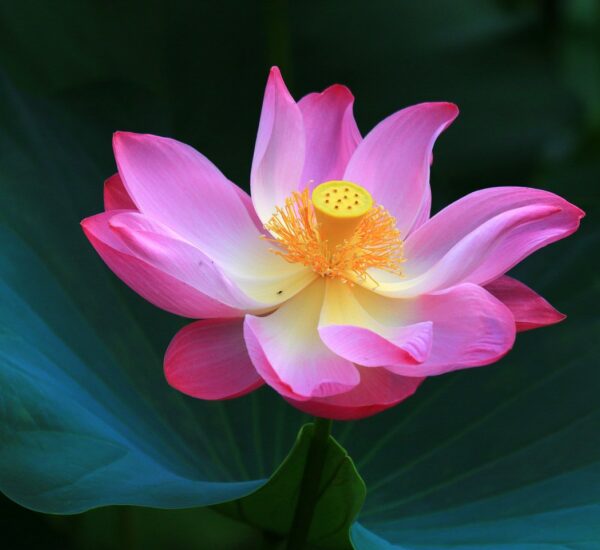Summer brings a burst of vibrant blooms to gardens and landscapes, and preserving these flowers can extend their beauty into the colder months. In this expert guide, we will explore the methods and techniques for drying and preserving summer flowers, ensuring your floral treasures remain a source of joy and admiration throughout the year.
Table of Contents
Introduction to Flower Drying
Choosing the Right Flowers
Methods for Drying Flowers a. Air Drying b. Pressing c. Silica Gel Drying d. Microwave Drying
Preservation Tips
Displaying Dried Flowers
Resources and References
Introduction to Flower Drying
Drying flowers allows you to capture the essence of summer and preserve them for various uses, including floral arrangements, home decor, and crafting. Proper drying techniques help maintain the color, shape, and fragrance of the flowers.
Choosing the Right Flowers
Select flowers at their peak, typically in the morning when they contain the most moisture. Flowers with sturdy petals and vibrant colors work best for drying. Some ideal choices include roses, lavender, statice, and baby’s breath.
Methods for Drying Flowers
Air Drying
Air drying is one of the simplest methods. Gather the flowers in small bunches, tie them with a rubber band, and hang them upside down in a dry, dark, and well-ventilated area. This process can take several weeks, but it helps retain the natural color and shape of the blooms.
Pressing
Pressing flowers is an effective method for flat preservation. Place flowers between the pages of a heavy book or use a flower press. Weight them down and allow them to dry for a few weeks. This technique is ideal for creating botanical art or crafts.
Silica Gel Drying
Silica gel is a desiccant that absorbs moisture from flowers, preserving their color and shape. Gently bury the flowers in a container of silica gel and leave them for several days to a week. This method is suitable for delicate flowers and those with intricate shapes.
Microwave Drying
Using a microwave-safe container and silica gel, you can quickly dry flowers with this method. However, it requires careful monitoring to prevent over-drying and color fading. Follow specific guidelines for safe microwave drying.
Preservation Tips
Handle flowers gently to prevent damage.
Remove excess foliage and trim stems before drying.
Store dried flowers in a cool, dark place to maintain color and prevent moisture reabsorption.
Displaying Dried Flowers
Dried flowers can be arranged in vases, shadow boxes, or incorporated into various craft projects. They make beautiful home decorations or thoughtful gifts for loved ones.
Resources and References
USDA: How to Dry Flowers
The Ohio State University: Drying and Preserving Plant Materials for Decorative Uses
American Horticultural Society: Drying Flowers and Foliage for Arrangements
Why should I consider drying and preserving summer flowers?
- Drying and preserving summer flowers allows you to enjoy their beauty year-round, create lasting keepsakes, and use them for various decorative and craft purposes.
What are the best flowers for drying and preserving?
- Flowers with sturdy petals and vibrant colors work best for drying and preserving. Some examples include roses, lavender, statice, and baby’s breath.
Can I dry and preserve any type of flower?
- While many flowers can be dried and preserved, some delicate or extremely moisture-sensitive varieties may not retain their color and shape well.
What is the air drying method, and how do I do it?
- Air drying involves bundling flowers and hanging them upside down in a dry, dark, and well-ventilated area. This method preserves the natural color and shape of the blooms.
How do I press flowers, and what can I create with them?
- Pressing flowers involves placing them between heavy book pages or using a flower press. You can create botanical art, cards, and crafts with pressed flowers.
What is silica gel drying, and when should I use it?
- Silica gel is a desiccant that absorbs moisture from flowers. It is ideal for drying delicate flowers and those with intricate shapes, helping to preserve their color and form.
Can I dry flowers in the microwave, and what precautions should I take?
- You can use a microwave and silica gel for quick flower drying, but it requires careful monitoring to prevent over-drying and color fading. Follow specific guidelines for safe microwave drying.
How long does it take to dry flowers using different methods?
- The drying time varies depending on the method and the type of flower. Air drying can take several weeks, while pressing and microwave drying are faster.
How do I prevent dried flowers from reabsorbing moisture and losing their color?
- Store dried flowers in a cool, dark place, and seal them in airtight containers to prevent moisture reabsorption and maintain their vibrant colors.
What are some creative ways to display dried flowers in my home?
- Dried flowers can be arranged in vases, shadow boxes, wreaths, or incorporated into various craft projects, adding a touch of natural beauty to your home decor.
- Best THC Sodas to Buy in Arkansas - May 28, 2025
- Exploring THC-Infused Sodas in Arkansas - May 28, 2025
- THC Beverages Now Trending in Alabama - May 28, 2025




